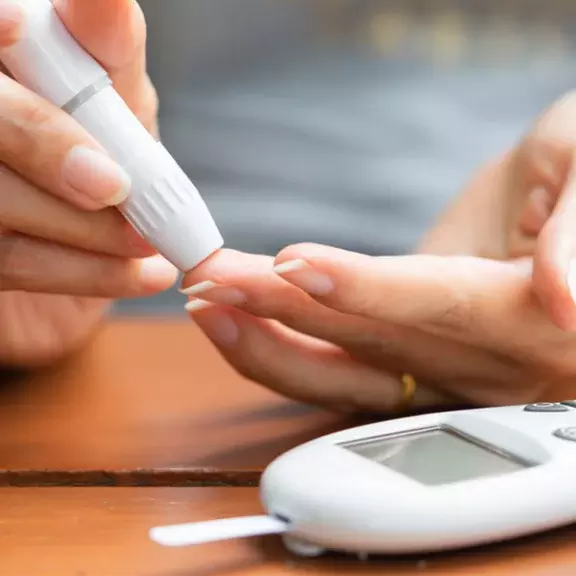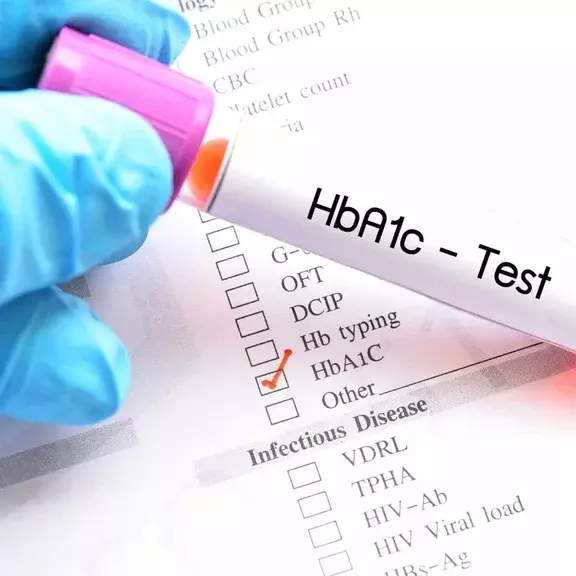How to Diagnose Diabetes?
The early detection of diabetes and initiation of treatment is extremely important in the management of diabetes and prevention of complications.
Diabetes is a serious, chronic condition that affects millions of people, with an estimated 537 million living with diabetes across the world. Out of this, there are thought to be 240 million people living with undiagnosed diabetes — meaning that almost one-in-two adults with diabetes are unaware they have the condition. The number of people with diabetes is increasing by about 3% every year.
Diagnosing diabetes can involve a number of different tests. This article will help you learn about the different tests that can be used to diagnose diabetes and the results that these tests can give.
Beyond any international guidelines, the type of test you are given and how the results are interpreted will depend on the diabetes guidelines of your country. Take the time to discuss any questions you have about diagnosis and testing with your doctor or healthcare professional.
Blood Glucose Test
One way of testing for diabetes is to look at the level of glucose in your blood.
The standard method is to measure the glucose in your plasma (the liquid bit of your blood with the cells taken out) that has been taken from a vein. Capillary blood glucose testing, in which a sample is taken from much smaller vessels with a finger-prick test, can also be used with identical values if the test is done while you are fasting.
Blood glucose tests for diagnosing diabetes can be done in three ways:
- Fasting plasma glucose (FPG) test
In the fasting plasma glucose test, a blood sample is taken after you have not eaten or drunk anything, usually for eight hours. Fasting means having nothing to eat or drink except sips of water.
This blood sample is then tested to see how much glucose is in your blood [6]. The World Health Organization (WHO) has said that a level above 7.0mmol/L (126mg/dL) of glucose for a fasting sample meets the criteria diagnosis of diabetes
-
Oral glucose tolerance (OGTT) test
Also known as the ‘two-hour plasma glucose’ test, the oral glucose tolerance test (OGTT) measures blood glucose after you fast for eight hours. You are then given the sweet drink containing glucose, and will have your blood glucose tested one and two hours later (and sometimes three hours later, too).
This test is often used to diagnose gestational diabetes [6]. Your health care team will explain what your OGTT results mean to you.
-
Random plasma glucose (RPG) test
Sometimes healthcare professionals use the random plasma glucose test to diagnose diabetes when the symptoms of diabetes are present and they don’t want to wait until you have fasted. These symptoms can include passing a lot of urine (polyuria), drinking a lot (polydipsia), weight loss, and occasionally excessive hunger and blurred vision.
The RPG test can be taken at any time without fasting.
Hba1c Test
The HbA1c test is a blood test that provides your average levels of blood glucose over the past three months.
It has a number of different names, and is also known as the hemoglobin A1c test, glycated hemoglobin test, glycosylated hemoglobin test or simply the A1c test. The HbA1c test is different from the plasma glucose tests mentioned above, because it doesn’t measure your blood glucose levels directly. Instead, it measures the percentage of hemoglobin in your blood that has glucose attached to it. Hemoglobin is a substance found in red blood cells, which transports oxygen around the body.
Unlike plasma glucose tests, which only show glucose levels at one point in time, the HbA1c test shows the average glucose levels over the last two to three months. Because of this, the HbA1c test is very helpful for measuring blood glucose management in people with diabetes.
It can also be used to diagnose diabetes. A HbA1c result of 6.5% or higher on two separate tests indicates that you have diabetes.
However, there are certain factors that make HbA1c testing less accurate, including anemia, abnormalities with hemoglobin, pregnancy and high blood levels of a chemical called urea. A healthcare professional will be able to guide you and tell you more.
There are a number of different tests that can be used to diagnose diabetes, from plasma glucose tests to HbA1c tests [5]. There are advantages and disadvantages to each, with some tests requiring preparation, whilst other tests can be taken at any time.
Regardless of which initial test is used to detect diabetes, it is recommended that a repeat test be performed to confirm the diagnosis.
If you need to have a test to see if you have diabetes, your healthcare team will work with you to select a test that is suitable for you and will give an accurate result.
References
1. International Diabetes Federation, IDF Diabetes Atlas 10th edition, 2021
2. American Diabetes Association. Diagnosis and classification of diabetes mellitus. Diabetes Care. 2004; 27(S1): S5-S10
3. International Diabetes Federation, IDF Diabetes Atlas 8th edition, 2017
4. American Diabetes Association. Classification and diagnosis of diabetes. Diabetes Care. 2017;40(S1): S11-S24
5. Definition and diagnosis of diabetes mellitus and intermediate hyperglycaemia: report of a WHO/IDF consultation. World Health Organization, 2006. WHO: Geneva
6. National Institute of Diabetes and Digestive and Kidney Diseases. Diabetes tests & diagnosis. Accessed June 2022.

